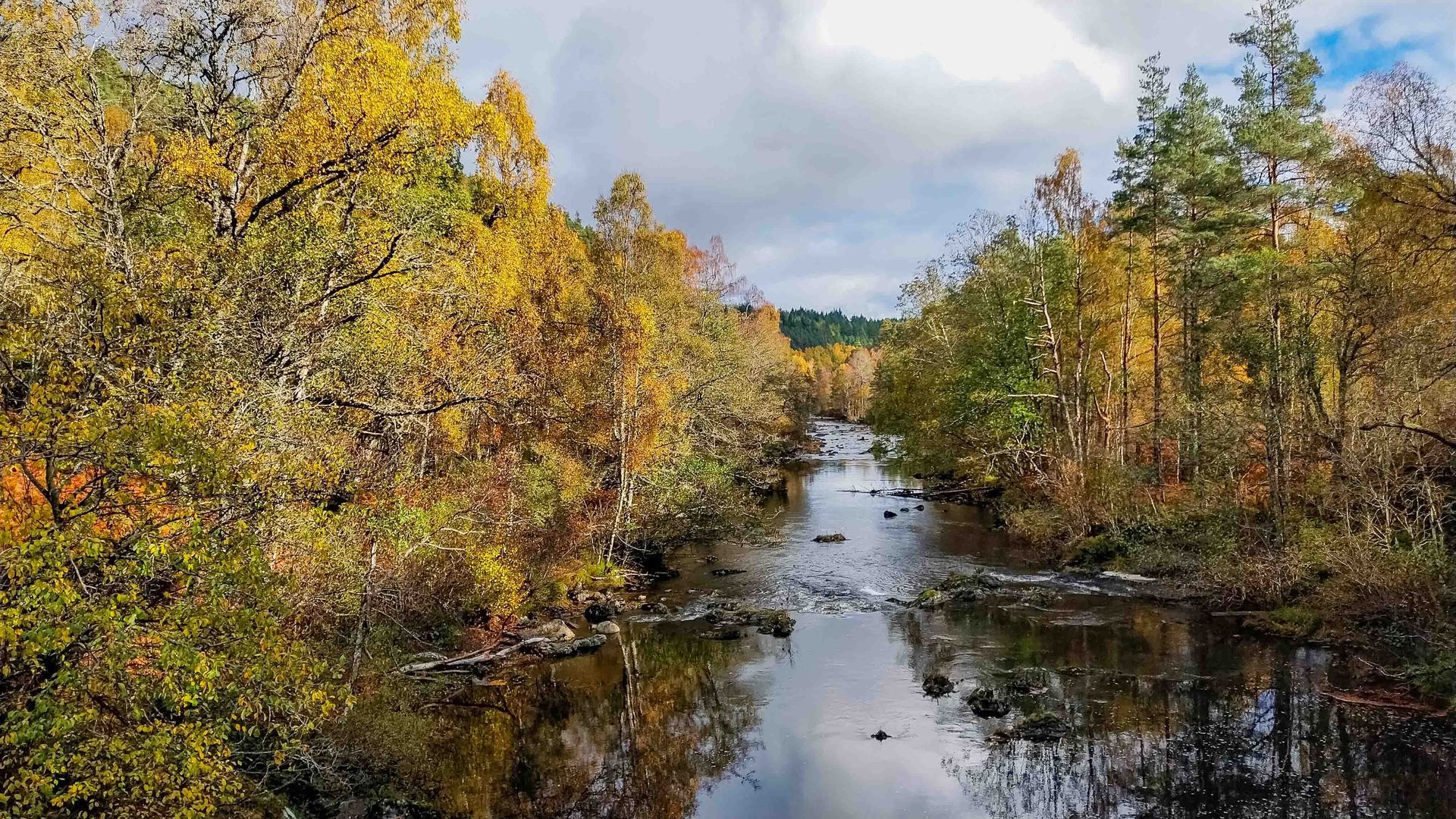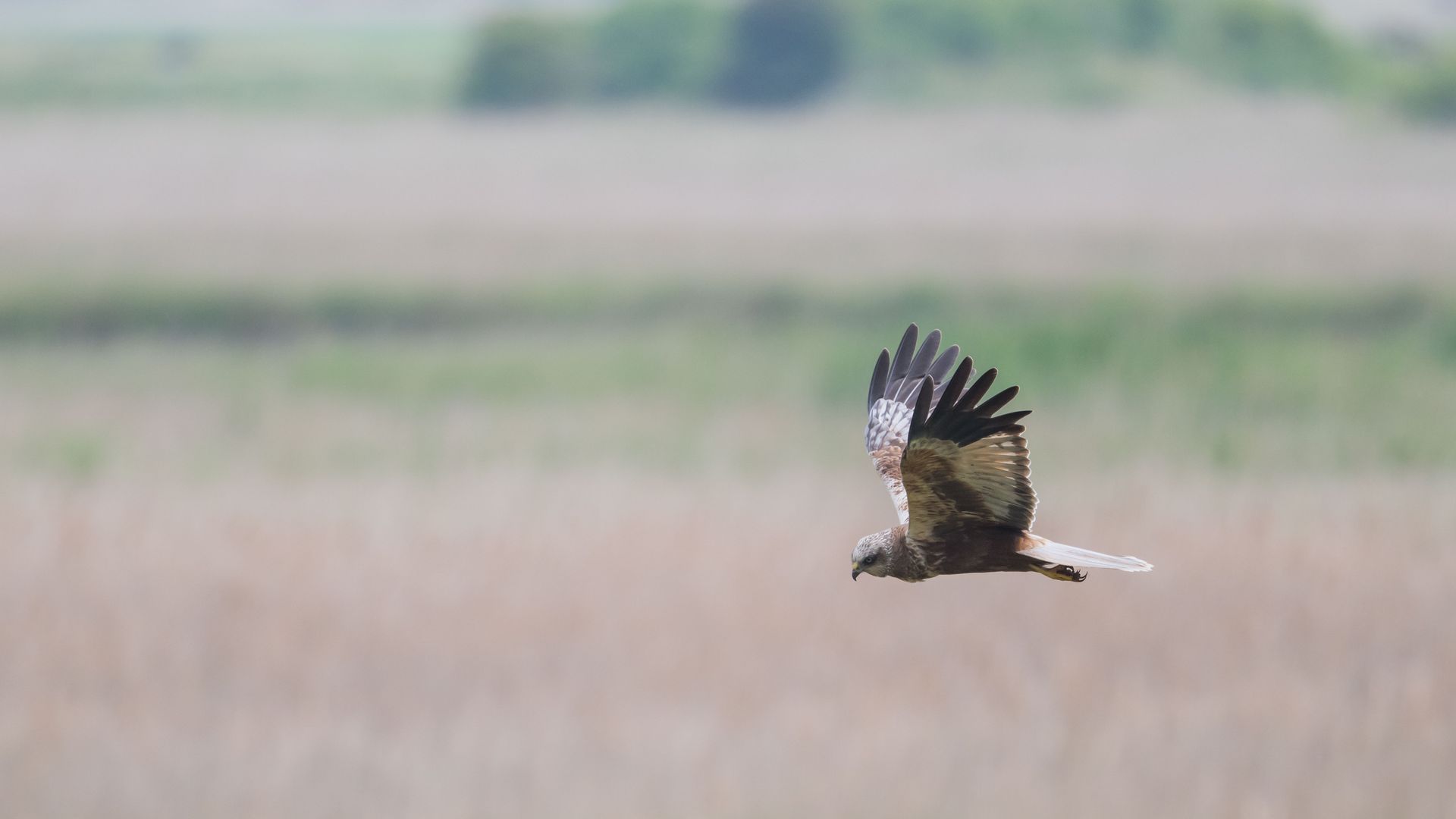The Return Journey
THE DRAKE PASSAGE
After spending over two weeks living on board the Plancius, I was used to the constant movement of the ship. The early bouts of sea sickness were a thing of the past and I seldom needed to take any medication. I put my wristbands on occasionally and ate some ginger chews at times too, but I felt like I'd found my sea legs. However, we were yet to cross the Drake Passage. It is infamous for its strong winds, powerful currents and giant waves, making it potentially very challenging and dangerous for ships! I just hoped it wouldn't be that bad for us, on our final leg of our sea journey. I'd been concerned about it before we left, and I knew Bob was worried too, which was why we had all sorts of medication to hand if needed. So, you can imagine our surprise when the next two days at sea passed by uneventfully. One member of staff had said the Drake Passage was a mill pond and they'd never seen it like that before. What a relief! In fact, I was amazed that during our entire journey we'd managed to avoid all the nasty weather systems that seemed either to be ahead of or behind us. Amazing! This was something I was truly grateful for!
It was wonderful to experience some beautiful blue skies and to be out on deck again, enjoying the sunshine. But, it was cold! The temperature was about 1°C! I welcomed the sight of Cape Petrels flying close to us and seeing a large number of them too. These attractive birds had been our constant companions virtually throughout the trip.
I even had some success photographing the smaller birds that flew alongside us. These next two photos might look like they're of the same bird, but they're not. They're two different species of Prion - the Slender-billed and the Antarctic. I'm not 100% sure I have them the right way around, but even birders find it tricky to identify the different Prion species when the birds are flying.
It was nice to have a close view of what I think is a Southern Royal Albatross on our last day at sea, which wasn't quite so sunny. It's very similar looking to the Northern Royal Albatross. What I recall being told whilst on the trip is that the white leading edge of the wings is the giveaway for it being a Southern one. As there is usually more white on the leading edge than is show in this photo, makes me think it's possibly a juvenile. Again, if anyone can confirm, that would be great.
Eventually, land could be seen up ahead and we edged closer towards civilisation again. I was rather sad that the boat trip was coming to an end. It felt like we'd been living in a bubble for the past three weeks and it was about to burst. We entered The Beagle Channel in the early evening, with enough light to start with so we could appreciate the wildlife still and our surroundings. Some lovely Peale's Dolphins came alongside us for a short spell, entertaining us with their antics, swimming close to the hull.
We also saw a few Magellanic Penguins in the water too, the first since the start of our trip.
We were surrounded by stunning scenery and impressive mountains on both sides of us. To our right was the Tierra del Fuego region of Argentina (photo) and to our left was Chile.
USHUAIA
The following morning, after we said all our goodbyes to our fellow passengers and the staff members, along with our thanks for their amazing efforts to keep us safe, informed and entertained, we finally disembarked from Plancius. We collected our luggage and found our way up to a travel agents where I'd arranged for our luggage to be stored for the day, to give us the freedom to walk around and explore.
We headed west along the coastal path, alongside the waterside and marvelled at the impressive view of the city, with the mountains behind and the amazing reflections. It's an attractive city and it had a lovely vibe to it.
We kept a watchful eye open for any bird life and saw quite a few different species throughout our day. I spotted a Magellanic Cormorant (also known as a Rock Shag) in the water having quite a lengthy bath, splashing around quite a bit.
Just a little further on we reached an enclosed lake beside the bay called Bahia Encerrada, which is part of a small urban nature reserve. We were both thrilled to see two Black-crowned Night Herons standing on the rocks around the edge. The first one we saw must have been in the water just beforehand, as all its feathers were fluffed up and it didn't look quite as sleak as the second one we spotted shortly after. It has an amazing long white plume, which they use during greeting and courtship displays.
Unfortunately, the second one was disturbed by a dog, just whilst we were trying to take our photos. Though, I was pleased to have a flying shot as it passed us.
We hadn't walked far from there when we spotted a pair of Southern Lapwing in a relatively small area of grass beside the road. One was sitting on a nest very close to the pavement, which didn't seem like an ideal spot. The other was was walking around looking for food and alarm calling every now and then whenever people walked too close.
On the far side of the lake, we reached a more quiet spot a little set back from the road. We turned down a path following alongside a small channel of water and suddenly I spotted this Magellanic Snipe. It looked very similar to the Common Snipe we see at home, but one of the main differences is the colouration on the back and wings, which is more rufescent (reddish-brown). We watched it for a while, as it walked through the vegetation looking for food. I was lucky enough to capture the moment it sucked up a worm from the ground.
When we reached an open hide that overlooked another pond, we took a seat and relaxed for a while, wondering what else we would see. It wasn't long before another Magellanic Snipe appeared, also looking for food. They're very hard to spot otherwise, when they're stationary and lurking low amongst the growth around the water.
I then spotted something larger moving in the water. A mammal. I was completely surprised when I realised it was a Beaver. It was the unexpected highlight of my day, as I've never seen one before, only the evidence of them. There were actually two of them coming and going from what was evidently an underwater lodge, and sometimes spending extended periods out in the middle of the pond feeding on the aquatic plants. Only later did I discover the Argentine government introduced them back in the 1940s to establish a fur trade. Without a natural predator to control numbers, the population went out of control - they estimate there are about 100,000 now. They play havoc with local wildlife in the Tierra del Fuego area, damaging ecosystems and changing landscapes dramatically. So, they've become a really big problem.
Now we were further away from the port, we had an even better view of the mountains and could see the Plancius docked by the pier. It's the small white and blue boat that looks quite dimuitive alongside the larger Roald Amundsen cruise ship that dominates the view. It was the same one we'd seen a few days before at Deception Island. All the ships come and go from Ushuaia during the summer season. They only depart from different ports when they are making their first voyage in the summer season from wherever they've been during the other months of the year. I was very glad we'd been on a smaller vessel. We were so lucky not to have seen any other ships for the majority of our journey around South Georgia and Antarctica.
Walking on from the hide and thrugh more of the reserve, we spotted a gorgeous Patagonia Sierra Finch. We then headed up a hill and at the top there was a Chimango Caracara walking around.
I could see why other people would want to come up to the top of the hill that overlooked the city.
As luck would have it, by walking up to the top of the hill, we then spotted a couple of Black-faced Ibis walking through the long grass. They kept moving away from us at first. They were in a slightly enclosed area, so it limited where we could walk, but we eventually managed to edge a bit closer to photograph them, without disturbing them.
Although they were mostly busy looking for food, they clearly kept an eye on the skies too for any predators they needed to be wary of.
We then headed back down to the lake and walked around it, this time spotting the Yellow-billed Pintail. It looked very similar to the South Georgia Pintail we'd seen earlier on in the trip. In fact, they're both a sub species of the same species Anas georgica. This one is slightly larger and lighter coloured than the South Geogria one apprently with a larger yellow bill.
The final wildlife treat of the day was seeing these two Crested Ducks courting. The constant head bobbing action was amusing and interesting to watch. It went on for quite a while. Notice how the male on the left is a bit larger than the female on the right.
Then the next thing I saw, the female lowered her head submissively and the male moved onto her back, keeping her submerged. He used his bill to hold onto her feathers and keep her in this position for the few seconds that mating occurs. I've seen this with other birds species, such as Kingfishers. When he was done, he slid off her back and they swam alongside each other.
After returning to the city for a bite to eat at the Hard Rock Café, we collected our luggage and caught a taxi to the airport. It was time to start our long journey home and resume normal life! However, life somehow seems different now I've had this wonderful memorable once in a lifetime experience. I've enjoyed reliving it as I've been sharing these blog posts and there are still photos I've not looked at yet.
If you'd like to hear more, I'll be giving a talk about my experience at The Steyning Centre, in October 2025. If you're interested in coming along, keep an eye on What's New - press the button on the Home Page for further details.
To see a smaller selection of my favourite photos from the holiday, click here.



